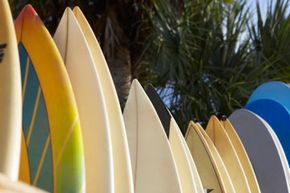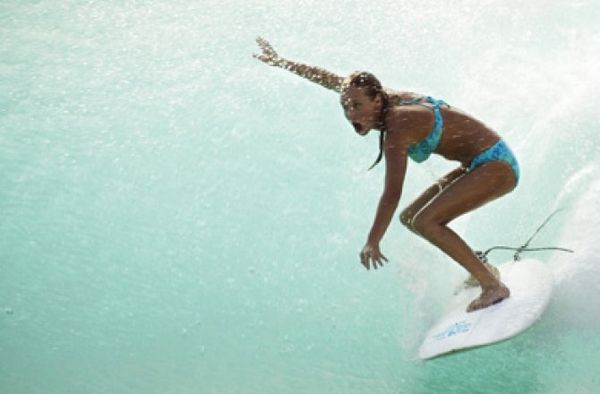Surfing requires little more than a board, some good waves and a spirit of adventure. It's a sport built for speed, and most enthusiasts of surfing will tell you that it's a way of commuting with nature, a spiritual undertaking akin to yoga or a hike in the forest.
That's probably why it's endured for centuries. Changes in the board's design have been steady, incorporating each era's materials, ideas and technology as a way to constantly improve the pastime. The sport hasn't changed much, but the surfboard has.
Advertisement
Surfing originated in Polynesia, and experts believe the sport was brought to Hawaii by Polynesian settlers. By the time missionaries from North America settled in Hawaii in the 1800s, surfing was the sport of island royalty and the elite -- in fact, two princes studying in the U.S. first practiced the sport on the mainland in 1865. It's as popular in Australia as it is in the U.S., which can be traced to a demonstration given by Hawaiian diver Duke Kahanamoku on a 1914 visit after his star-making turn as an Olympic swimmer.
But up to the early 20th century, surfboard design was relatively crude. The boards were made out of thick, solid wood and could weigh as much as 150 pounds -- for comparison, imagine surfing on your dining room table. To keep them smooth, and as water-resistant as possible, they were "sanded" with coral, and then stained with bark and charcoal and finished with a coat of glossy nut oil.
Today, they're made of water-resistant, lightweight fiberglass, polymers and other synthetic chemicals. But a lot has happened in between. Read on to see how we got from a heavy plank of wood to a precision instrument.
Advertisement



